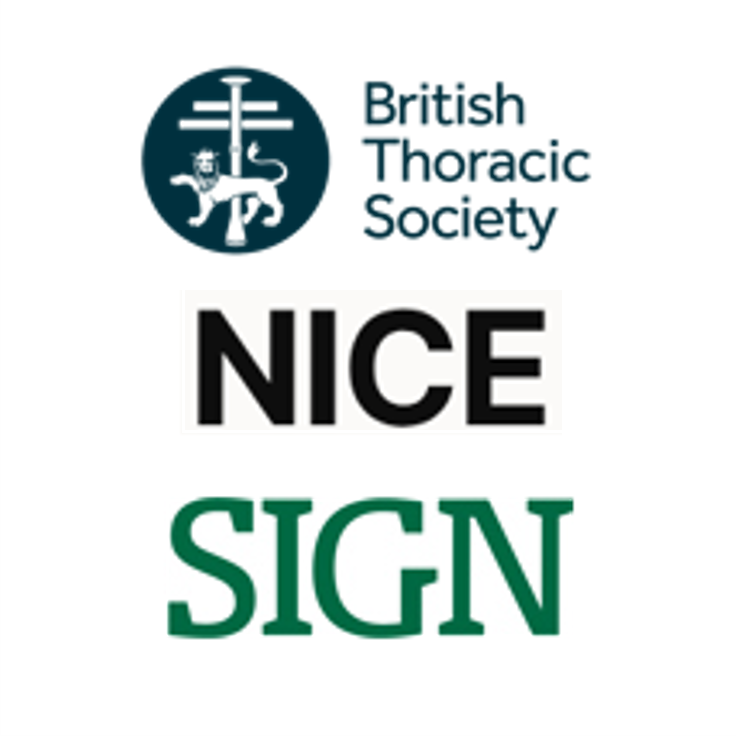- 187. Tapp S, Lasserson T, Rowe B. Education interventions for adults who attend the emergency room for acute asthma (Cochrane Review). In: The Cochrane Library, 2010.
- 633. Udwadia ZF, Harrison BD. An attempt to determine the optimal duration of hospital stay following a severe attack of asthma. J R Coll Physicians Lond 1990;24(2):112-4.
- 634. Pearson MG, Ryland I, Harrison BD. National audit of acute severe asthma in adults admitted to hospital. Standards of Care Committee, British Thoracic Society. Qual Health Care 1995;4(1):24-30.
- 635. Emerman CL, Woodruff PG, Cydulka RK, Gibbs MA, Pollack CV Jr, Camargo CA Jr. Prospective multicenter study of relapse following treatment for acute asthma among adults presenting to the emergency department. MARC investigators. Multicenter Asthma Research Collaboration. Chest 1999;115(4):919-27.
- 634. Cowie RL, Revitt SG, Underwood MF, Field SK. The effect of a peak flow-based action plan in the prevention of exacerbations of asthma. Chest 1997;112(6):1534-8.
Hospital discharge and follow up

This content is from the BTS/SIGN British guideline on the management of asthma (SIGN 158), 2019.
Timing of discharge
No single physiological parameter defines absolutely the timing of discharge from an admission with acute asthma. Patients should have clinical signs compatible with home management, be on reducing amounts of β2 agonist (preferably no more than four hourly) and be on medical therapy they can continue safely at home.
Although diurnal variability of PEF is not always present during an asthma attack, evidence suggests that patients discharged with PEF <75% best or predicted and with diurnal variability >25% are at greater risk of early relapse and readmission.633, 634
Patient education
Following discharge from hospital or emergency departments, a proportion of patients reattend with more than 15% reattending within two weeks. Some repeat attenders need emergency care, but many delay seeking help, and are undertreated and/or undermonitored.635
Prior to discharge, trained staff should give asthma education. This should include education on inhaler technique and PEF record keeping, with a written PEF and symptom-based PAAP being provided allowing the patient to adjust their therapy within recommendations. These measures have been shown to reduce morbidity after the asthma attack and reduce relapse rates.636
Some patients may use emergency departments rather than primary care services for their asthma care. Education has been shown to reduce subsequent hospital admission and improve scheduled appointments and self-management techniques but does not improve reattendance at emergency departments.187
For the above groups there is a role for a trained asthma liaison nurse based in, or associated with, the emergency department.187
Follow up
It is essential that the patient’s primary care practice is informed within 24 hours of discharge from the emergency department or hospital following an asthma attack. Ideally this communication should be directly with a named individual responsible for asthma care within the practice.
[BTS/SIGN 2019]
A careful history should elicit the reasons for the asthma attack and explore possible actions the patient should take to prevent future emergency presentations.
Medication should be altered depending upon the assessment and the patient provided with an asthma action plan aimed at preventing relapse, optimising treatment and preventing delay in seeking assistance in the future.
Prior to discharge, follow up should be arranged with the patient’s general practitioner or asthma nurse within two working days and with a hospital specialist asthma nurse or respiratory physician at about one month after admission.
![]()
![]()